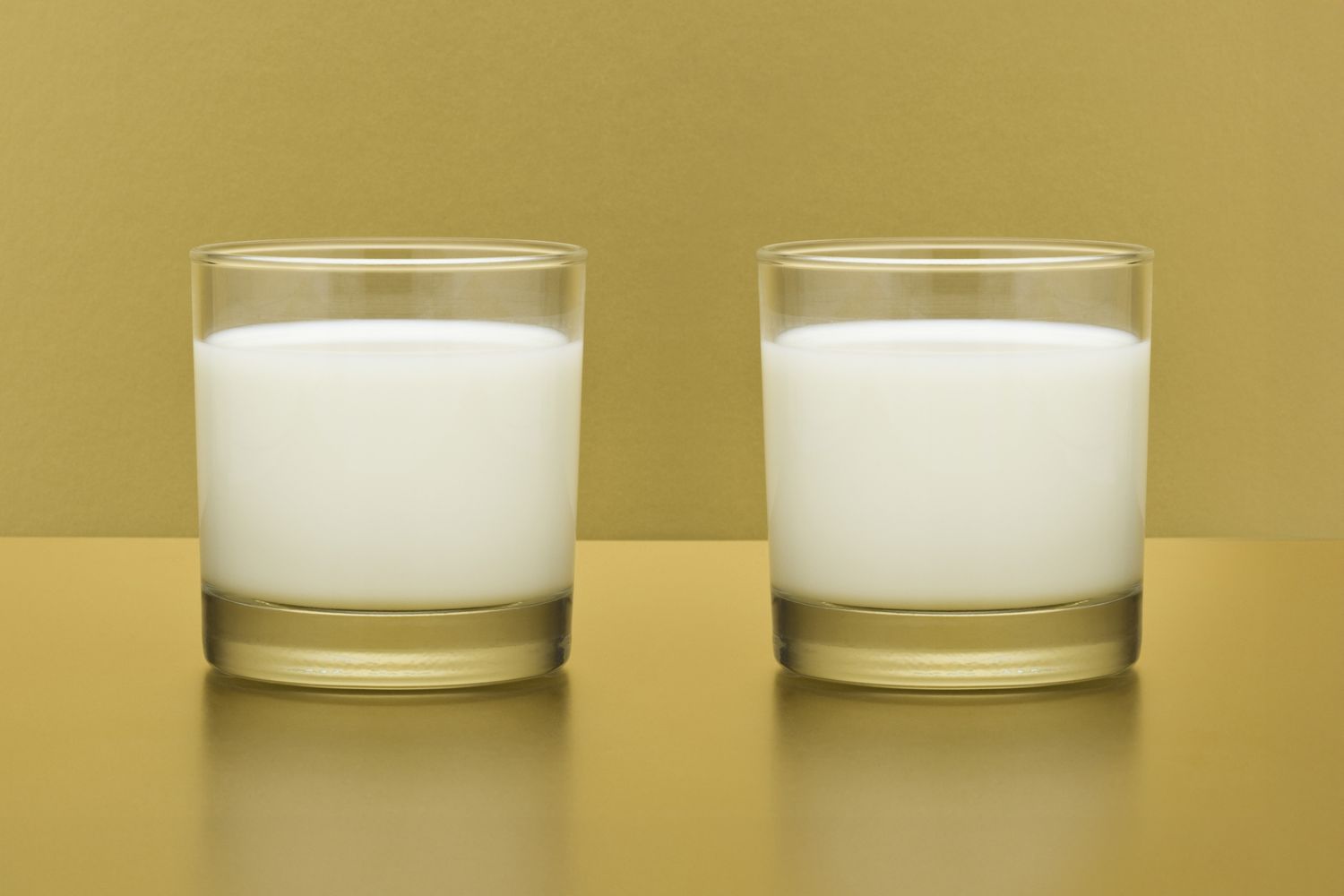Key Takeaways
The biggest difference between whole milk and 2% is fat content—nutrient levels like calcium and vitamin D are nearly identical.Whole milk’s fat can boost satiety, help absorb key vitamins, and may even support heart health when consumed in moderation, while 2% is better for those looking for low-fat dairy options.The healthiest milk is the one you’ll enjoy and drink regularly—both whole and 2% offer the same core benefits.
Milk is a staple in almost every household, whether it’s poured over cereal, added to coffee, blended into smoothies, or enjoyed in a glass. But when it comes to choosing between whole milk and 2%, the decision can feel more complicated than it seems. Is one option healthier? Does fat content really make a difference? What should you consider when picking what’s right for you or your family?
We spoke with some experts to break down the real differences between the types of milk you might see on grocery store shelves, and how to make the best choice for you and your dietary needs.
What’s the Main Difference Between Whole Milk vs. 2%?
“The difference is the fat content,” says Dr. Michelle Schack, dairy veterinarian and co-founder of DairyKind, a company that works to promote animal care and nutritional transparency. “Whole milk has 3.25% fat content (by weight) while 2% milk has, as the name suggests, 2% fat content (by weight),” she says. Whole milk has about eight grams of fat and roughly 150 calories per cup, while 2% milk contains around five grams of fat and 120 calories. But otherwise, Dr. Schack goes on to share that the other key nutrient levels—like calcium and vitamin D—are nearly identical.
Similarly, registered dietitian Hilary Walentuk, RD, agrees. “All cow’s milk, regardless of fat content, contains the same 13 essential nutrients per serving,” she explains, including essential vitamins, potassium, and high-quality protein, which are all vital for maintaining bone density, muscle function, and overall health. “The only real nutritional difference is the fat and calorie content. Everything else stays the same.”
The Role of Fat
Fat has long been treated as something to avoid—but in reality, not all fats are created equal. When it comes to milk, fats serve many important functions in the body: “Fat carries flavor, so whole milk tends to taste richer, which can increase enjoyment,” Dr. Schack says. And that flavor could have an additional benefit, as people may find they’re more satisfied even when they’re drinking less. “Whole milk tends to keep people feeling fuller longer because fat slows gastric emptying,” she explains.
Fat also plays a role in how your body absorbs nutrients. Vitamins A and D, which are both in milk, are fat-soluble, which means your body needs some fat to absorb them properly into the bloodstream. “Vitamin D is essential for calcium absorption and bone health,” Dr. Schack says. “And vitamin D is one of the most common nutrient deficiencies in the U.S.”
And it’s not just the healthy fats that give whole milk its edge. Walentuk shares that there are even more hidden benefits: “Whole milk dairy contains over 400 unique fatty acids,” she says. “This complex nutritional profile may help explain why studies show a link between full-fat dairy and heart health.” That doesn’t mean more is always better, but it definitely challenges the idea that low-fat equals healthier.
How to Choose What’s Right for You
So how do you know which milk is best for you? The answer largely depends on your individual health goals, taste preferences, and lifestyle.
If you’re watching your fat intake for medical reasons—such as high cholesterol or heart disease—2% or low-fat options might be the healthier choice. “Lower-fat milk is a great option for someone looking to reduce calories or fat in their diet but not looking to sacrifice nutrition,” Walentuk says. “But the healthiest milk choice is the one a person will drink and enjoy.” And if you’re concerned about heart health, research shows that moderate consumption of whole milk can still fit into healthy eating habits, especially when balanced with other dietary choices throughout the day.
For those who enjoy the taste of milk and want a creamier texture and richer flavor, whole milk might be a better fit, Dr. Schack says. However, “all milk is safe and wholesome,” she emphasizes. No matter your choice, both experts agree: you really can’t go wrong when drinking milk. “Milk is still one of the most accessible, affordable ways to get essential nutrients,” Walentuk says. “Whether it’s whole or 2%, the most important thing is that it works for you.”

